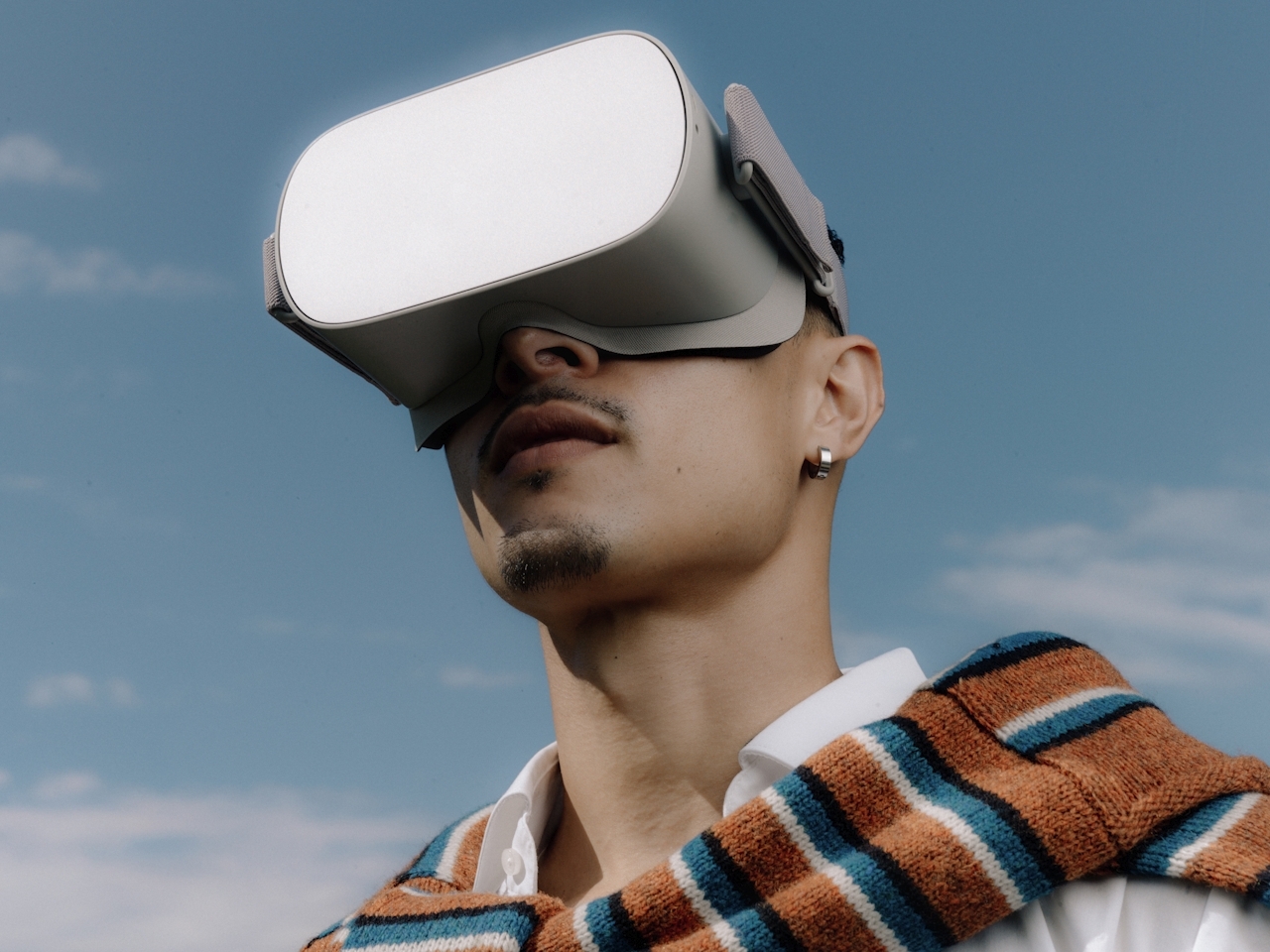
Why you need a returns manager
The Returns Manager: Why you need one Returns Managers are the new Ecom Managers.Not because they handle boxes, but because they protect what your topline growth alone can’t: margin, flow, ...

Have you ever considered the lifecycle of the products you buy? The circular economy in retail is revolutionizing how we think about sustainability and profitability, ensuring a healthier planet for future generations. This post delves into the world of re-processing, showcasing how businesses and consumers alike are contributing to a more sustainable future.
The need for change: The retail industry stands at a crossroads of consumerism and sustainability. Embracing the circular economy is not merely a trend but a necessity. Brands like Fjällräven are leading the way, creating a buzz with their innovative approaches and sustainable product life cycles.
Building a sustainable business model: It’s about creating a system that maximizes the use of raw materials, reduces waste, and enhances product lifecycle through strategies like limited editions and value-driven marketing.
One essential aspect of this is preparing for the upcoming Right to Repair legislation, which will further empower businesses to extend the life of their products. Learn more in our detailed post on Right to Repair.
The three Rs of sustainability:
Scaling up innovation: As we witness initiatives like H&M’s the Loop, it’s clear that for substantial change, we need scalability in the breakdown and reuse of materials. This not only benefits the environment but also the economy, paving the way for innovative business models.
Reflect on your role: The journey towards a circular economy in retail is ongoing. As a business or consumer, understanding and participating in re-processing practices is crucial. It’s about more than just returning products; it’s about embracing a new mindset of sustainability and responsibility.
Actionable steps

The Returns Manager: Why you need one Returns Managers are the new Ecom Managers.Not because they handle boxes, but because they protect what your topline growth alone can’t: margin, flow, ...

B2B Returns are slowing down sales - Here's what brands can do about it! When you sell through retailers, a slow return flow doesn’t just affect operations – it affects relationships. ...

Stop waiting for returns to restock: start selling virtual stock The challenge of e-commerce returns Returned items sit idle on their way back to the warehouse, effectively unsellable. Thi...